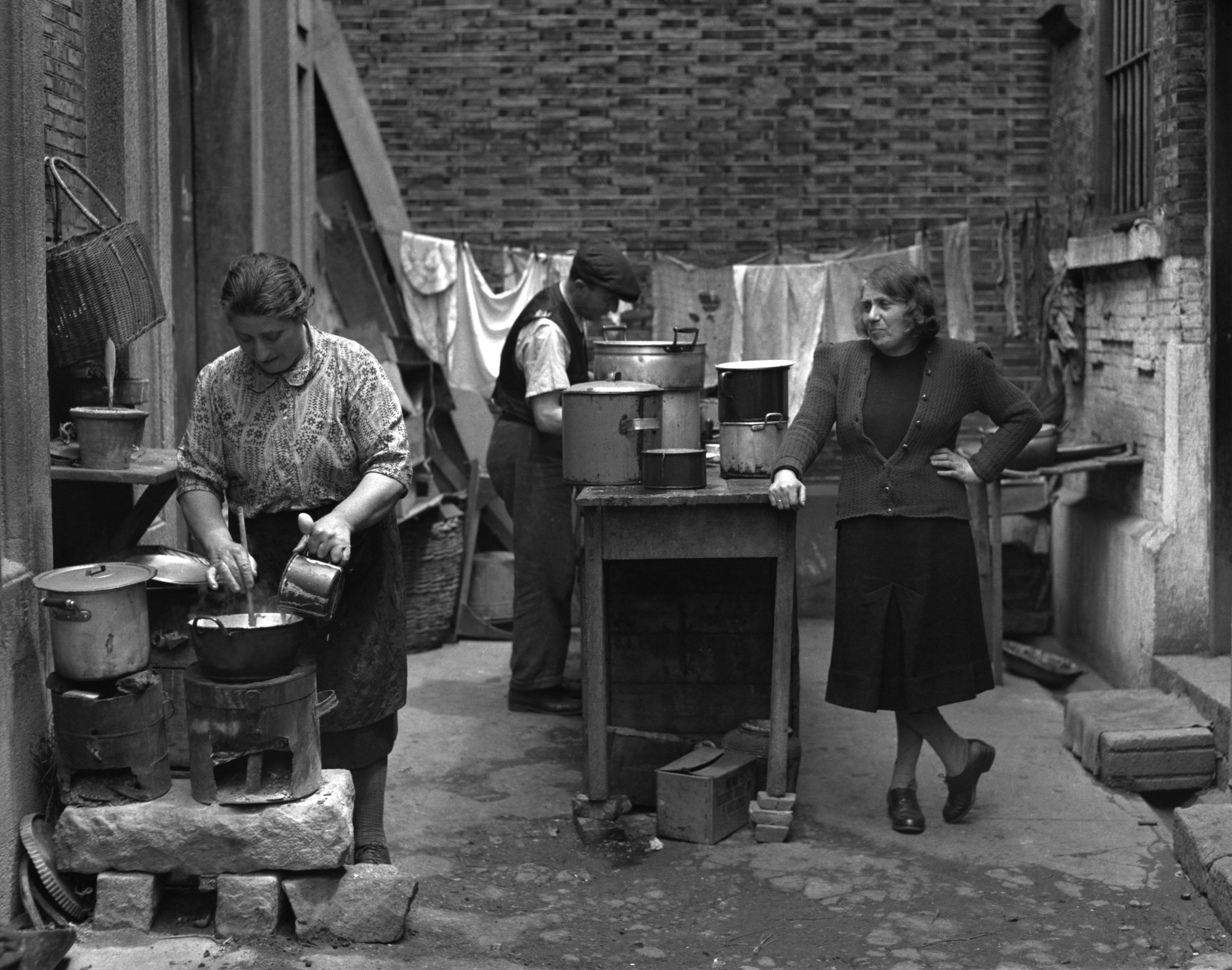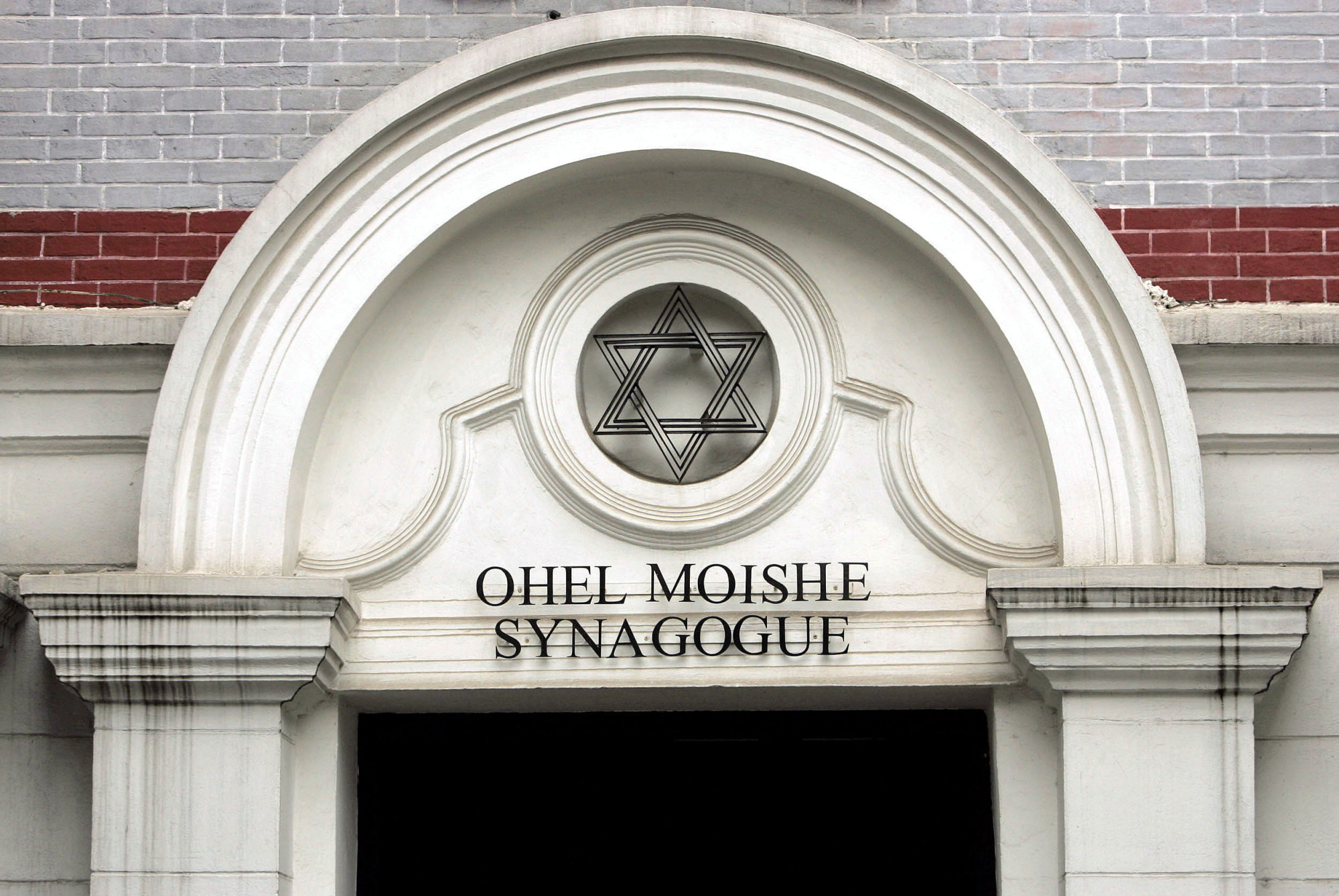While traces of a Jewish presence in China can be found as early as the Han dynasty, which ended in the third century, the Nationalist government once seriously considered schemes to take in large numbers of Jews amid the turmoil of the interwar years.
In the early 20th century, European politics was ridden with antisemitism, most obviously in Nazi Germany and the murder of 6 million in the Holocaust, but prejudice was widespread across the continent and other countries restricted entry to those trying to flee persecution at home.
In this atmosphere tens of thousands of Jews chose China, many of whom headed for Shanghai which was almost unique in not requiring visas or travel documents for Jewish refugees to enter.
Do you have questions about the biggest topics and trends from around the world? Get the answers with SCMP Knowledge, our new platform of curated content with explainers, FAQs, analyses and infographics brought to you by our award-winning team.
The ruling powers also considered various proposals, one of which was proposed by China’s Jewish population and seriously considered by Sun Yat-sen, the founder of the Nationalist Party or Kuomintang.
Sun was a great admirer of Jews and often compared their struggles with those of China’s against Western powers.

The “plan to immigrate 100,000 Central European Jews to China”, as it was officially known, picked Tengchong, a well-developed city in the scenic southwest Yunnan province, as a resettlement area.
It was driven by the belief that the new migrants would contribute significantly in tax revenues for the Kuomintang government, which was struggling with funds at the time.
The plan was eventually halted by KMT leader Chiang Kai-shek for reasons that were not officially explained, but some historians have attributed it to the party’s close ties to Nazi Germany. They argue he did not want to upset the Germans at a time when they were helping the Kuomintang’s military with training and in the Battle of Shanghai against the Japanese invasion.
Shanghai already had a long-established Jewish community, especially after its partial colonisation by foreign powers such as France, Britain and the United States, who created a Western-controlled “country within a country” where ethnic Chinese had limited access.
Before and during the Second World War, an additional 20,000 Jewish evacuees settled at the metropolis, which became known as “a modern-day Noah’s Ark”.

Towards the end of the 1930s, China and Germany’s alliance ceased as leader Adolf Hitler decided that Japan would be a more reliable geo-strategic partner.
The Japanese tried to encourage Jewish migration to the parts of China they had occupied and controlled, including the puppet state of Manchukuo – all the while committing atrocities against the Chinese population that have been compared with Nazi atrocities against the Jews.
Adopting anti-Semitic tropes, they believed they would benefit from the perceived economic and political influence of the Jews and help gain further advantage from the close ties this would allow them to develop with American Jews.
But further attempts to transfer Jews from Europe to Asia stopped as Imperial Japan’s alliance with the Nazis developed.
After occupying the International Settlement in Shanghai, the Japanese established what became known as the Shanghai Ghetto where the city’s 25,000 or so Jewish residents lived alongside around 100,000 locals in crowded and unsanitary conditions.
After the war most of these Jewish residents moved on to resettle in the Americas, in Europe or in Israel after it was established in 1948.

The founding of Israel was preceded by three decades of British occupation of Palestine, a region captured from the Ottomans, and the fulfilment of the 1917 Balfour Declaration, in which Britain promised to make the territory a “national home for the Jewish people”, who settled there over the years. Conflict with the Arab population ensued and has consequences that endure to this day.
Meanwhile, in China there is still a population of around 3,000 Jews, according to the Jewish Virtual Library. They are based mainly in Kaifeng, the old Song dynasty capital and home to the country’s longest established community, Shanghai, Beijing, Harbin and Tianjin.
Tilanqiao, the site of the Shanghai ghetto, is now home to the Shanghai Jewish Refugee Museum, while a plaque of remembrance can be found in the district’s Huoshan Park.
More from South China Morning Post:
- China offers to work with Egypt to end Israel-Hamas conflict
- Israel-Hamas conflict raises questions over China’s long-term plans for Middle East
- China’s Kaifeng Jews: history of ‘the religion that pulls out the sinews’ in Henan province and how some today want to learn about their forgotten heritage
- Chinese envoy in Vienna saved thousands of Jews from Holocaust with visas that let them flee Nazi persecution
For the latest news from the South China Morning Post download our mobile app. Copyright 2023.





